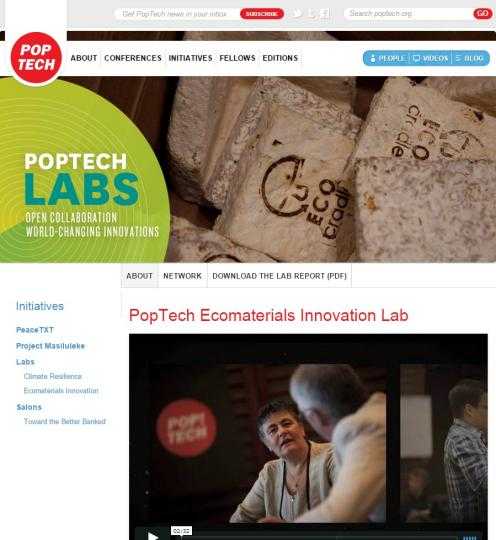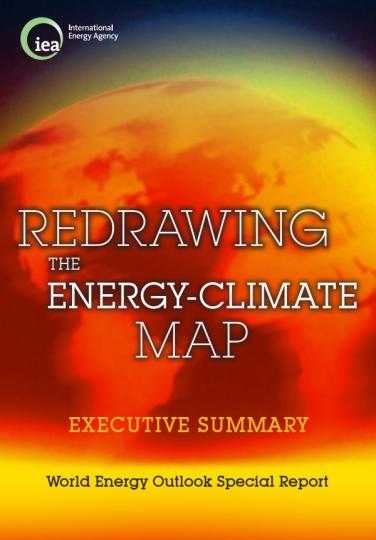A focused look at next-generation sustainable materials innovation from the folks at PopTech.
Governments have decided collectively that the world needs to limit the average global temperature increase to no more than 2 °C and international negotiations are engaged to that end. Yet any resulting agreement will not emerge before 2015 and new legal obligations will not begin before 2020. Meanwhile, despite many countries taking new actions, the world is drifting further and further from the track it needs to follow. The energy sector is the single largest source of climate-changing greenhouse-gas emissions and limiting these is an essential focus of action.
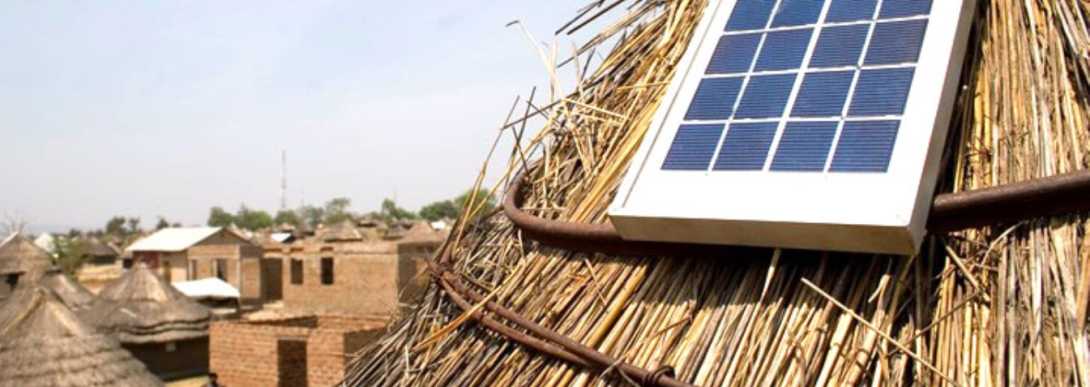
Sixteen game-changing initiatives from around the world were announced today as winners of a prestigious United Nations climate change award.
Winning activities include a seriously cool smartphone that puts social values first and an initiative that is enabling 40 Latin American cities to take concrete climate action.
Others include a women-led initiative in Benin that uses solar energy to empower women farmers and an internal carbon fee that holds the business units of one of the world’s most famous software and ICT companies financially responsible for reducing their carbon emissions.
The Momentum for Change initiative is spearheaded by the UN Climate Change secretariat to shine a light on some of the most innovative, scalable and replicable examples of what people are doing to address climate change. Today’s announcement is part of wider efforts to mobilize action and ambition as national governments work toward adopting a new universal climate agreement in Paris.
[video:https://vimeo.com/78705262]
“With less than 35 days to go until the climate change conference in Paris, the Momentum for Change Lighthouse Activities are further compelling proof that climate action is building worldwide and in countries, communities, companies and cities everywhere,”UNFCCC Executive Secretary Christiana Figueres said. “By showcasing these remarkable solutions and the people behind them we can strengthen efforts toward that new agreement, accelerate the global transition to a low-carbon, highly resilient development path and mark a turning point in the sustainable management of planet Earth for the seven billion alive today and the ten billion by 2050.”
Each of the 16 winning activities touches on one of Momentum for Change’s four focus areas: Urban Poor, Women for Results, Financing for Climate Friendly Investment and ICT Solutions. All 16 will be showcased at a series of special events during the UN Climate Change Conference in Paris, France (30 November to 11 December).
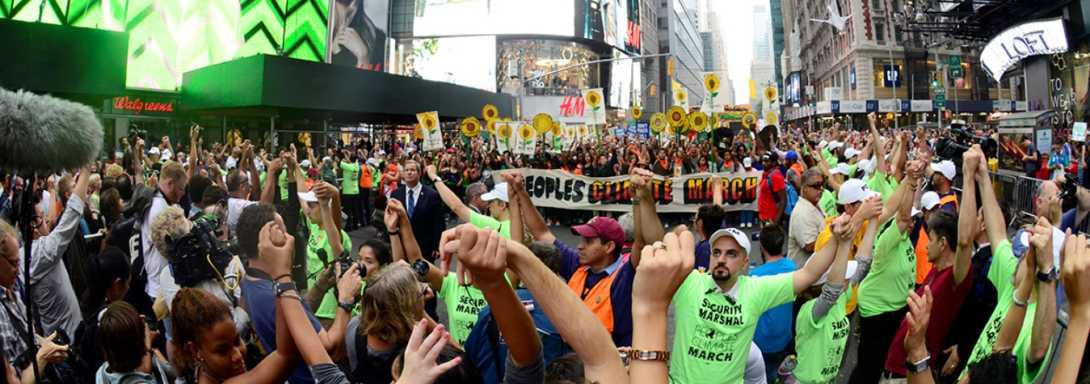
Connect4Climate, the online platform Vimeo, and partners have joined forces to challenge citizens around the world to film Climate Action on one day, November 29.
<p>Just one day before the crucial climate negotiations in Paris (COP21) begin, coinciding with the Global Climate March - a decisive call for bold actions on climate change, this challenge represents an opportunity for people to come together through the power of video and share their messages, pledges and solutions for climate change. Everyone, everywhere, united to to build a resilient clean future!</p>
<p>Connect4Climate aims to raise global awareness about climate change in line with the World Bank’s mission to end extreme poverty within a generation and boost shared prosperity. As World Bank Group President Jim Yong Kim said, “We will never end poverty if we don’t tackle climate change.”</p>
<p>To plan ahead please visit: <a href="http://connect4climate.org/event/film-day4climate-action" target="_blank">http://connect4climate.org/event/film-day4climate-action</a></p>
<p>Download the <a href="http://connect4climate.org/sites/default/files/upload/Day4Climate_socia…; target="_blank">Press Release and Social Media package</a></p>
<p>Join our Newsletter to keep up-to-date (easy access at the bottom of this page).</p>
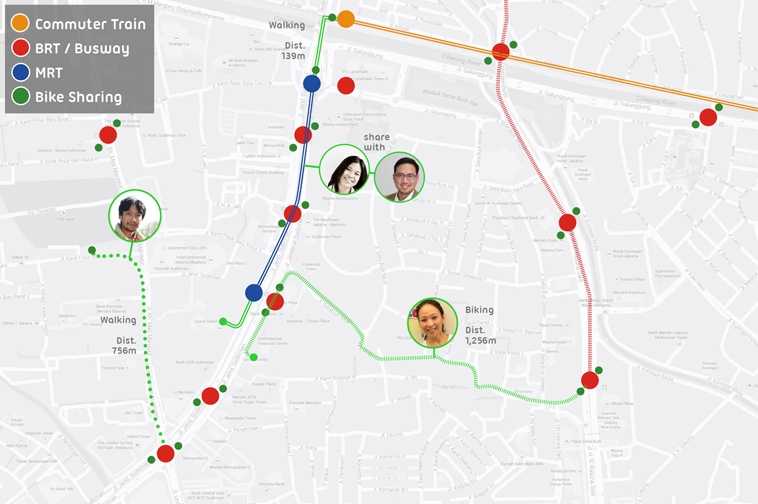
Given our increasingly complex and dynamic world, cities need to be continuously innovating in order to solve pressing social and environmental problems.
<p>More than ever, we need young people involved in creating sustainable cities. This can be achieved by establishing and strengthening networks that provide opportunities for young aspiring entrepreneurs and innovators to get involved and learn from like-minded groups of individuals on a global scale.<o:p></o:p></p>
<p>For example, the World Bank’s Connect4Climate partnered with the New Cities Foundation to host a youth innovation contest called the <a href="http://www.newcitiesfoundation.org/the-jakarta-urban-challenge/" target="_blank">Jakarta Urban Challenge</a>. The aim of the event was to challenge students and entrepreneurs from Indonesia to find tangible solutions that improve mobility in Jakarta while simultaneously lowering GHG emissions. Jakarta is one of the most heavily congested cities and is the largest urban area in the world not to have a metro or subway system in place. It’s estimated that the local economy loses around <a href="http://www.siemens.com/innovation/en/home/pictures-of-the-future/infras…; target="_blank">$3 billion USD a year</a> due to traffic congestion resulting from the city’s rapidly rising rate of vehicle ownership.<o:p></o:p></p>
<p>The Jakarta Urban Challenge drew almost 250 submissions in just two months, with each entry offering a different approach to solving the issue. During an award ceremony, a panel of industry experts awarded the first place title to “Squee”—a mobile application that aims to unify pedestrians and cyclists to map the safest pathways around the city, encouraging more sustainable methods of transport.</p>
<p style="text-align: center;"><img alt="" src="/sites/default/files/images/legacy/jakarta-urban-challenge-winner.jpg" style="width: 700px; height: 394px;"></p>
<p style="text-align: center;"><em>Squee Mobile App won the Jakarta Urban Challenge, with Governor Ahok of Jakarta, Muhammad Yunus of Grameen Bank and John Rossant of New Cities Foundation.</em><o:p></o:p></p>
<p>When used at a large scale, the app will encourage social interaction between pedestrians and, as a result, help form communities of travellers. The three finalists were awarded US $20,000 to help them develop their innovations.<o:p></o:p></p>
<p>Additionally, hackathons can foster collaboration by bringing together creative designers, experts, and developers to produce innovative solutions. One example is <a href="http://www.worldbank.org/en/news/feature/2014/02/03/hackathons-tech-sav…; target="_blank">Code for Resilience</a>—a series of hackathons organized by the World Bank and civil society organizations that engage young people to build urban resilience in Asia by “hacking”.<o:p></o:p></p>
<p>Over 1,000 software and hardware developers participated in 11 hackathon events across nine countries. The events resulted in prototypes and tools that address a series of disaster resilience challenges discussed during community workshops. As simple as an app may seem, the collective effort required to develop these kinds of initiatives can help catalyse and leverage user-driven innovation on a larger scale.<o:p></o:p></p>
<p>Similarly, the <a href="http://www.london.gov.uk/priorities/environment/mayors-low-carbon-entre…; target="_blank">Mayor of London’s Low Carbon Entrepreneur</a> competition challenges students to propose tangible ideas and concepts for lowering carbon emissions from buildings. A £20,000 development fund supports the winning proposals through implementation and provides finalists with training and mentorship. The challenge is now in its third year and has helped hundreds of students and recent graduates learn the basic principles of starting a business—giving students the opportunity to test their innovative ideas and produce real impact on the ground.<o:p></o:p></p>
<p><o:p></o:p></p>
<p>“Urban challenges” are becoming powerful tools for crowdsourcing solutions from young people on a range of pressing issues—from urban resilience to energy efficiency. However, the missing link is connecting all these aspiring entrepreneurs and social innovators on a single platform where they can share experiences and knowledge, and collaborate with one another.<o:p></o:p></p>
<p>One example of this kind of platform is Rockefeller Foundation’s <a href="http://www.100resilientcities.org/" target="_blank">100 Resilient Cities</a> initiative—a network that provides cities with resources for improving resilience to physical, social, and economic challenges. Although the 100 Resilient Cities program focuses exclusively on city governments, replicating this type of network for young innovators can be a powerful tool for scaling solutions from the bottom up.<o:p></o:p></p>
<p>The Connect4climate program and others like it can help bridge that gap by creating an umbrella campaign for innovation, leveraging partners’ knowledge and experience to give opportunities for young innovators to turn their ideas into reality.<o:p></o:p></p>
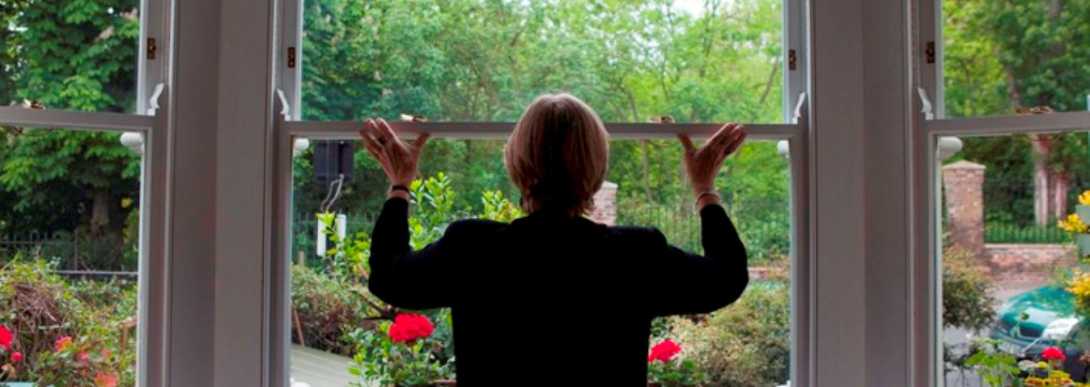
There are 26 million homes in the United Kingdom. Together they contribute 27% of the UK's carbon emissions, making the housing sector a vital part of the goverment's committment to an 80% reduction in carbon emissions by 2050.
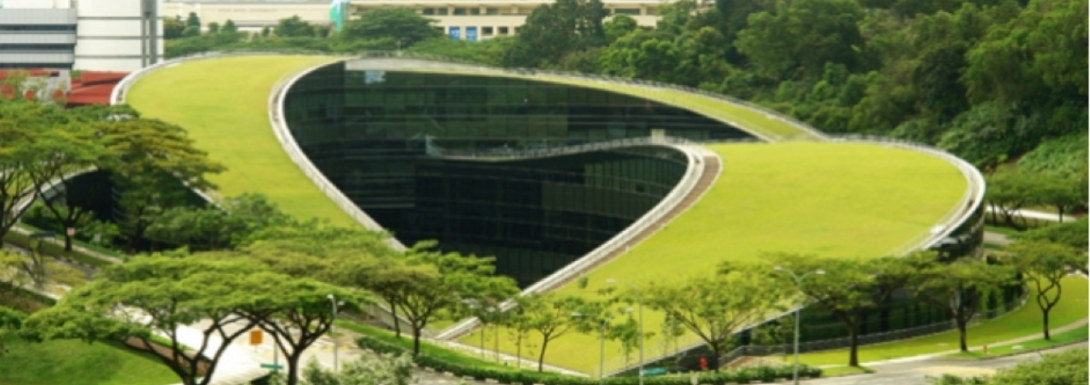
<p>It doesn’t mean architecture that is simply pleasing to the eye or a design that functions well, though both of these things are important. A well-designed building that is focused on energy efficiency must take into account such factors as the surrounding climate, the orientation of the building, and the behaviours of its inhabitants.<o:p></o:p></p>
<p>Considerations such as energy-saving lighting, heating, cooling and ventilation are crucial during the building’s design phase.<o:p></o:p></p>
<p>Additionally, <a href="http://www.awc.org/pdf/GBFactSheets/life_cycle.pdf" target="_blank">the life cycle approach</a> that analyses the environmental impacts of building materials is critical to sustainable outcomes<span style="font-family:"Helvetica",sans-serif;
color:#787878">.</span></p>
<p style="text-align: center;"><span style="font-family:"Helvetica",sans-serif;
color:#787878"><img alt="" src="/sites/default/files/images/legacy/Life_cycle_of_buildings.png" style="width: 1000px; height: 820px;" /></span></p>
<p style="text-align: center;"> </p>
<p style="text-align: center;"><span style="font-size:11px;">Life Cycle Assessment & Green Buildings - Image from the <a href="http://www.awc.org/pdf/GBFactSheets/life_cycle.pdf" target="_blank">American Wood Council</a></span><o:p></o:p></p>
<p>Clearly, including <a href="http://www.worldgbc.org/files/1513/6608/0674/Business_Case_For_Green_Bu…; target="_blank">green building strategies</a> from the initial concept design stage is of greater benefit than doing so in hindsight. <o:p></o:p></p>
<p>Unfortunately many buildings were simply not built this way. But tearing down an inefficient building is more expensive, and exceedingly more wasteful, than retrofitting it to make it more energy efficient. In fact, many people have the misperception that it takes a considerable investment to improve the efficiency and sustainability of existing buildings.<o:p></o:p></p>
<p>This is simply not true. Replacing inefficient lighting with <a href="http://energy.gov/energysaver/articles/led-lighting" target="_blank">LED lights</a> or replacing single-paned windows with more efficient double or triple-glazed window systems are just two examples of relatively simple upgrades that save significant utility costs.<o:p></o:p></p>
<p>In order to maximize global and local environmental benefits along with financials savings, we need to communicate the benefits to building owners, developers, architects and the general population—and encourage them to take greater responsibility and action. We’re seeing examples of this happening, including the certification and modelling of buildings, the introduction of <a href="http://www.breeam.org/page.jsp?id=86" target="_blank">policy requirements</a> and energy standards for buildings, and the adoption of tax incentives for integrating renewable energy.<o:p></o:p></p>
<p>Building certification and modelling systems such as <a href="http://www.usgbc.org/leed" target="_blank">LEED</a> and <a href="http://www.breeam.org/" target="_blank">BREEAM</a> are used and recognised mainly in the developed world, although there are examples of certified buildings in some developing countries, such as the <a href="http://www.usgbc.org/articles/little-leed-building-could-south-sudan%E2…; target="_blank">World Bank Group’s office in Southern Sudan</a>. These modelling systems are able to analyse the overall efficiency of a building’s performance, though it can be a lengthy and somewhat expensive process, and requires detailed and up-to-date data sets.<o:p></o:p></p>
<p>The International Finance Corporation is aiming to mainstream green building growth in rapidly urbanizing emerging markets by aligning the interests of developers, banks, homebuyers, and building owners. The new certification system and software, called EDGE (<a href="http://www.ifc.org/wps/wcm/connect/topics_ext_content/ifc_external_corp…; target="_blank">Excellence in Design for Greater Efficiencies</a>) suggests resource-efficient systems and solutions for new residential and commercial buildings. <o:p></o:p></p>
<p>The objective is to take a metrics-based approach at the early design stage, to reduce energy, water, and materials consumption by a minimum standard of 20 percent. City Express was the first company worldwide to receive the EDGE certification for its <a href="http://www.ifc.org/wps/wcm/connect/03aa600046a8db9d9afebb9916182e35/Sna…; target="_blank">hotel Villahermosa in Mexico.</a> Projects have been certified in Brazil, India, Indonesia, Vietnam, and the Philippines.</p>
<p style="text-align: center;"><img alt="" src="/sites/default/files/images/legacy/Resources_efficiencies.png" style="width: 938px; height: 259px;" /></p>
<p style="text-align: center;"><span style="font-size:11px;">Image of energy savings made for Villahermosa Hotel using the EDGE software</span><o:p></o:p></p>
<p>The cost advantages that EDGE provides helps to alleviate poverty while protecting the environment through a universal green buildings standard.<o:p></o:p></p>
<p>The importance of a certification process that is simple, fast, and affordable is vital in the developing world to avoid what is called ‘energy lock-in,’ where poorly designed buildings end up wasteful and inefficient for the duration of their lifespans.<o:p></o:p></p>
<p>We’re also finding examples of communities gathering together to improve energy efficiency in their homes, workplaces and public buildings. In the recent <a href="http://www.action4climate.org/" target="_blank">Action4Climate</a> documentary competition, filmmaker Matt Dunne started a peculiar activity to paint roofs in his neighbourhood white -- and <a href="http://www.whiteroofproject.org/" target="_blank">The White Roof Project NYC</a> was born. (Before you think that Matt is the unmasked <a href="http://en.wikipedia.org/wiki/Banksy" target="_blank">Bansky</a>, this was not an art or graffiti project!) His reasoning was simple—white reflects light. Many roofing materials are black or grey, which absorb more heat that lighter colours, and increase the internal temperature of the building.<o:p></o:p></p>
<p>Occupants respond by turning down their cooling system and using more energy<span style="font-family:"Helvetica",sans-serif;
color:#787878">.</span></p>
<p>[video:https://www.youtube.com/watch?v=rIkjhY7Fi1w]</p>
<p> </p>
<p>Another example is <a href="http://www.brixtonenergy.co.uk/" target="_blank">Brixton Energy,</a> a not-for-profit organisation (NGO) in Brixton, London, UK that has funded community-owned solar power. The project started with a shared vision of creating real social and environmental outcomes on a housing estate in London. Community-owned solar panels now generate enough energy to power the elevators and many of the community spaces—while creating additional income for the community.</p>
<p>The potential for energy savings in buildings is tremendous if green building methods are applied. With professionals and communities taking more ownership, hopefully policy makers and governments will take greater action to adopt more robust sustainable building codes and policies to achieve their low carbon goals. While environmental pressures are a strong driver, positive financial benefits can create a win-win for all.</p>
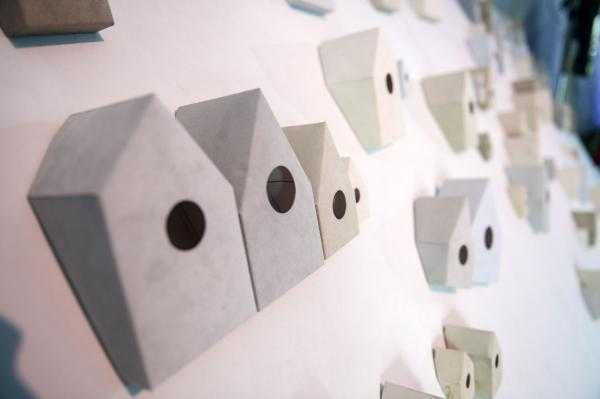
Thank You for a great week!
Please watch the full discussions online below
